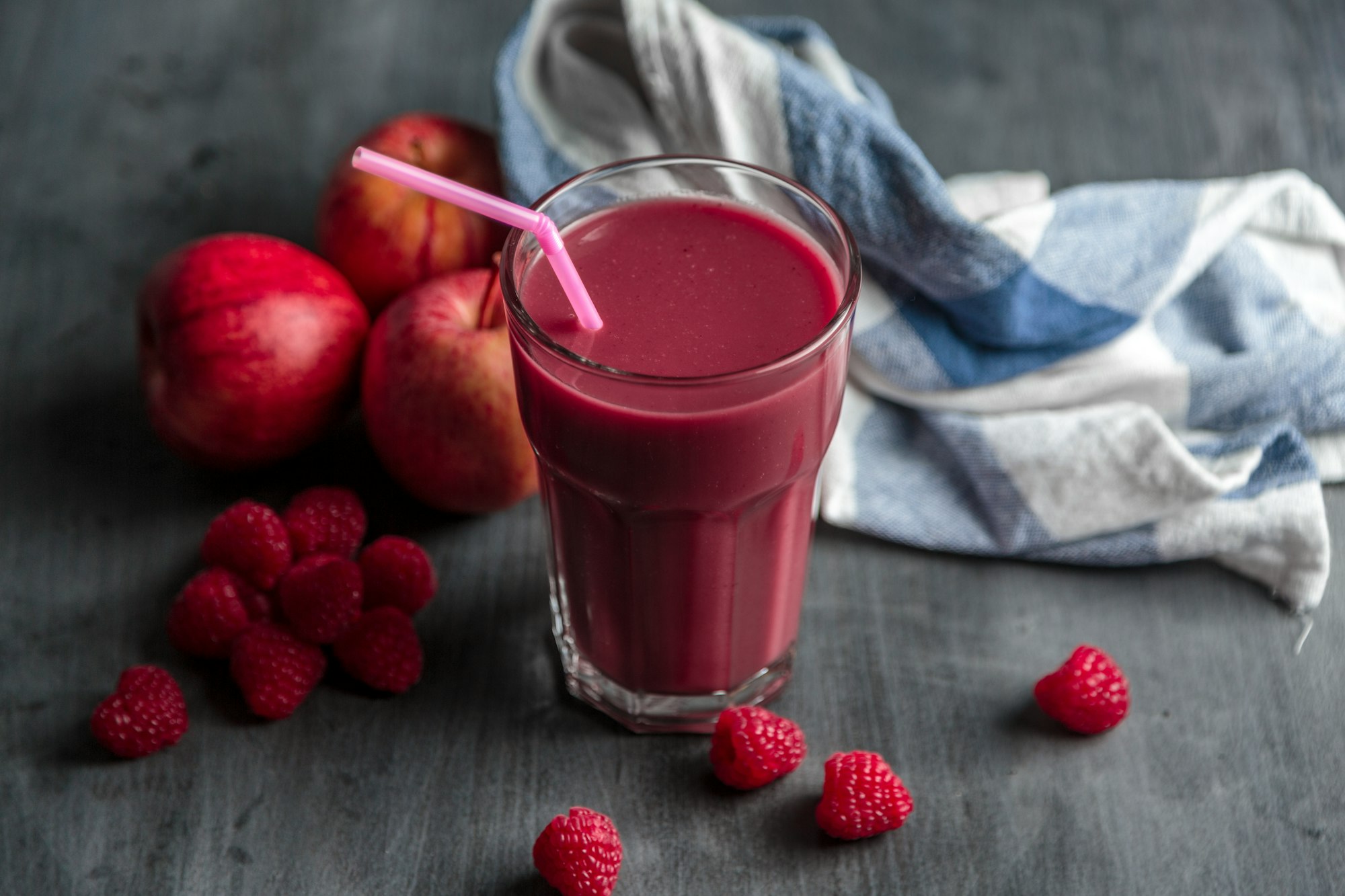Enzymes
Enzymes are biological catalysts which speed up the reaction rate without getting involved in the reaction itself.

Examples of Enzymes
Salivary Amylase, Pepsin, Renin, Lipase, Catalase, Isomerase, Phosphorylase, Maltase, Lactase, Sucrase…etc
Types of Enzymes
- Carbohydrase- digests Carbohydrates (eg:- Salivary amylase)
- Protease- digests Proteins (eg:- Pepsin)
- Lipase- digests Fats (eg:- Enzymes from pancreas)
How an Enzyme Works

- An Enzyme has an Active Site similar to the shape of the Substrate.
- When an enzyme comes in contact with the substrate, it fits like a jigsaw and exerts pressure onto the substrate at a specific point so that it breaks up into a simpler substance.
Properties of Enzymes
- All Enzymes are Proteins
- All Enzymes work best at a specific temperature, and pH, known as the optimum temperature, and optimum pH respectively.
- Enzymes get denatured (lose shape of their active site) if their optimum temperature or pH is exceeded.
- Enzymes are specific in nature ( they can only break down a specific substrate)
Factors affecting Enzymes
Temperature 🌡
- As the temperature of a reaction mixture increases, the kinetic energy inside the reacting particles increases as well
- This leads to a high collision frequency to build up
- This causes the substrate and the enzyme to collide more frequently and thus increases the rate of reaction.
- However, at a certain temperature, the enzyme looses the shape of its active site resulting in rate of reaction to drastically fall.
pH
- The pH for any enzyme to work depends upon its environment of production
- For most Enzymes in the Human body, the optimum pH is 7 (neutral)
- However, there are a few exceptions such as Pepsin: the enzyme that works in the stomach where dilute hydrochloric acid is secreted and pH is as low as 2!
- Enzymes can work at pH slightly higher or lower than their optimum pH
Using Enzymes
Enzymes have some significant commercial uses. Four of which shall be discussed in the section below:
Uses in Biological Washing Powders
In order to break down organic substances such as carbohydrates, proteins, and fats (that chemical detergents fail to break), the following biological catalysts are used:
- Organic stains such as Blood 🩸 , Oil, Egg 🍳 , Butter 🧈 etc. are broken down to simpler substances in the presence of Proteases.
- Enzymes need to have an Optimum Temperature of at least 70°C and hence are extracted from Thermophilic Bacteria or bacteria living near hot springs to remove some components of the dirt, and so that other parts of the detergent work well as well.
- The enzymes found in these bacteria are mainly Protease and Lipase.
- In order to keep these biological catalysts away from skin contact (as Protease can digest skin cells made up of Protein), they are packed in microscopic packets that only dissolve in the presence of water 🚿.
Uses in the Food Industry 🧃

- Fruits 🍉 🍇 🍊 contain a substance known as Pectin that is present within the primary and secondary cell walls of the fruit cell
- In industrial Fruit Juice extraction, an Enzyme called Pectinase is used to break down the pectin present so that it is more easier to squeeze the juice out.
- This relatively increases the volume of Juice extracted and thus makes it economical for the company.
Uses in Baby Food Production 🍼
Other than Fruit Juices, enzymes are also used in baby food production where the food is treated with Protease and Carbohydrase to break it down to simpler substances.
This helps the baby’s body to easily absorb the food and indigestion is prevented.
Uses in Sugar Syrup Production
Another use of Enzymes is in Sugar Syrup production where amylase is used to break down starch to the sweet tasting disaccharide- Maltose.
External Links
This is the end of this guide. Hope you enjoyed it! Thanks for using www.igcsepro.org! We hope you will give us a chance to serve you again! Thank you!
Next Topic

